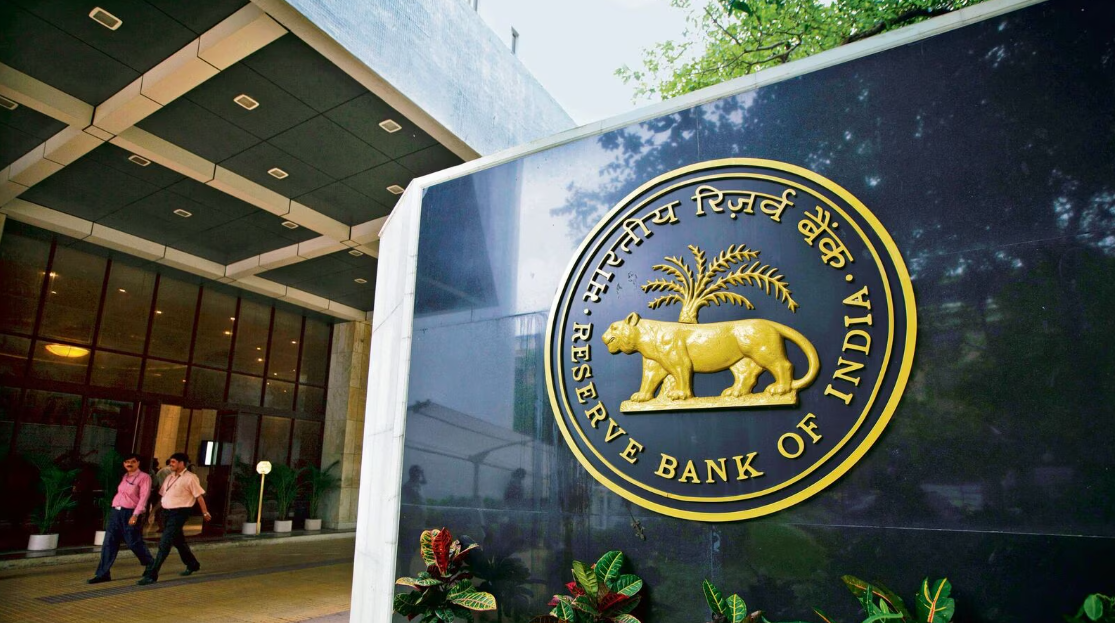
The weighted average lending rate (WALR) on new loans is the average interest rate charged by banks on fresh loans in a given period, adjusted for the share of each loan category.
This contrarian behaviour of banks is unusual, considering that in the past their lending rates have moved in line with the repo rate. For instance, in April 2025, when the RBI cut rates by 25 basis points, the WALR on new loans dipped by six basis points.
In February 2025, when the rate cut cycle began, the RBI had reduced the repo rate by 25 basis points. In the subsequent month of March, the WALR dipped by six basis points.
Earlier, during the rising interest rate cycle when the RBI embarked on a series of hikes in the wake of the Ukraine invasion and global supply disruptions, the WALR rose in the month following every rate hike. Similarly, rates dipped in the post-Covid cycle.
Interestingly banks managed to bring down their interest costs as reflected by the weighted average domestic term deposit rates on fresh deposits which dipped to 5.6 per cent in July from 5.75 per cent in June 2025.
RBI data also shows that year-on-year bank credit growth is now firmly in double digits. As of Aug 8, bank credit grew 10.5 per cent year on year, compared to 10 per cent in July and 9.5 per cent a month earlier.
Sectoral deployment data shows that a large chunk of credit growth in the first four months of the current financial year has come from lending to micro and small industries, which grew 11.5 per cent year-on-year as of end-July 2025, compared to flat growth a year earlier. Loans against jewellery also showed higher growth due to the reclassification of agri loans as gold loans.
Housing, which contributed 27 per cent to the growth in bank loan books this year, grew 9.6 per cent year on year compared with 12.8 per cent in July 2024.

